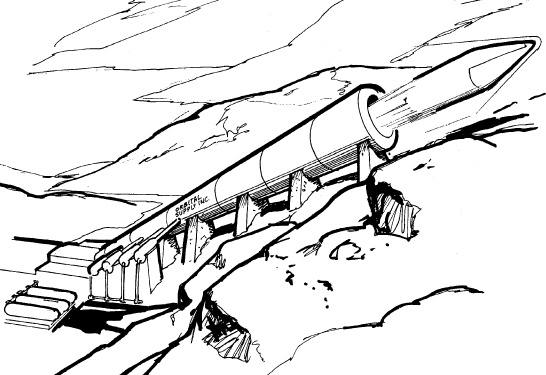Maeve Connolly is a writer, lecturer and research fellow at Internationales Kolleg für Kulturtechnikforschung und Medienphilosophie (IKKM), Weimar Bauhaus University.
The past decade has been marked both by proclamations of the ‘end of television’ and by the cultural validation of ‘quality television’. But while the cultural status of shows such as The Sopranos and Mad Men is often asserted through reference to concepts associated with art discourse (such as authorship, distinction and preservation), contemporary artists and curators have actually been drawn toward genres that are usually excluded from the ‘quality’ discourse, such as reality TV, sitcoms and soaps. Informed by these contradictions, this paper explores recent and ongoing televisual currents in exhibition-making and art practice.

